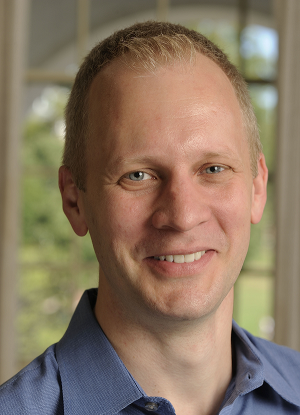I was born and raised in Philadelphia where I attended Drexel University, double majoring in Biology and Teaching. After graduation, I worked in the lab of Nobel Laureate James Rothman at Memorial Sloan Kettering Cancer Center, studying how parts of cells fuse. In graduate school, I found my true scientific interest, understanding how different neurons are made during development. As a graduate student in the laboratory of Oliver Hobert at Columbia University/HHMI, I identified the first microRNA (a type of gene regulator) to play a role in nervous system development. I then conducted post-doctoral research in the lab of Claude Desplan at New York Univeristy, where I studied how photoreceptors are made in the fruit fly eye. Starting in my lab at Johns Hopkins, I continued my studies of fruit fly eye development, but also extended our studies to humans. In Johnston lab, we study how photoreceptors and retinal ganglion cells are generated, using human retinal organoids, grown from stem cells, as a model. Our lab showed that this system could be used to study human biology (Eldred, et al. 2018), and are now using the system to understand neuronal development with the ultimate goal of developing therapies for glaucoma and macular degeneration.
Robert Johnston, PhD
First published on: July 03, 2019
Last modified on: November 20, 2024
